For all of us working in the field of “cities and biodiversity”, it is well worth reflecting on our achievements. We can take personal satisfaction knowing that we contribute to a meaningful cause with tangible results. Every scientific paper, policy-brief and newsletter, every side event, meeting and presentation, every phone call, email and letter, even the brow-raising intensive travel regimes, collectively have contributed to a proliferation of projects, programmes, initiatives, tools and resources. Collectively they are driving a positive movement – that is, the movement to bring nature back into urban areas, sensitize citizens to its importance, reduce ecological footprints, and secure ecosystem services.
…or are we failing?
Although many local governments are making commendable progress in managing biodiversity, the vast majority are visibly struggling with a lack of expertise, funds and capacity. To bring this lagging peloton up to speed will require an up-scaling of technical support, an expansion of learning networks and a strengthening of performance incentives.
Choosing a trajectory
The width of a horse’s backside placed inconvenient limitations on space travel. The former determined the gauge of Roman chariot wheels, and through a chain of technological influence, thereby determined the diameter of rail tunnels, which in turn constrained the shape of space-shuttle fuel rockets. Thus, a 2000 year old technology limited the design of a space-age technology. Utter baloney perhaps, but the point prevails: that the infrastructure we design and build today could have a significant bearing on that of the future. This is pertinent, because the anticipated quadrupling of urban area over the next three decades will entail unprecedented construction levels. The manner in which we plan and steer this urban growth will affect the lifestyles and wellbeing of generations to come.
What a heavy responsibility!
What a magnificent opportunity!
Urban design and public space influence us in profound and multifarious ways – our health, fitness, diets, social life, mobility, psychology, aspirations, etc. Indeed, our relationship with biodiversity is a strong determinant of our psychological and physical wellbeing. Architects, engineers, and planners, endorsed by foresighted mayors and informed by the voices of science and local community groups, can together reconcile urbanisation with nature conservation, to create more sustainable, biodiverse and resilient cities. Our generation could render a positive and enduring legacy for the benefit of future generations.
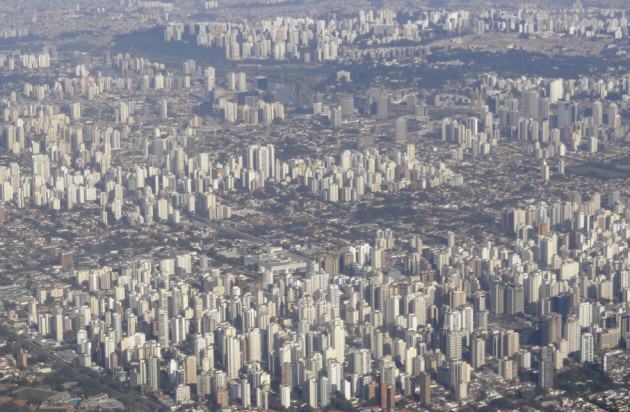
A unique disposition
As the level of government closest to the people, cities are relatively responsive, accountable, and well-connected to their citizens. With short chains of command, they and are able to take and implement decisions quickly. They hold important competences affecting biodiversity, including the procurement of goods and services, land-use planning, infrastructure design, food systems, education, energy and waste management, and the protection of watersheds and coastal resources.
Their standard operating procedure, by the nature of their mandates, is through alliances, partnerships and leveraging of resources, thereby enhancing the efficacy of their investments in biodiversity. They can hone national and international biodiversity goals to become more locally relevant and practical, thereby addressing global problems with systemic localised solutions. They can produce and enforce normative and legislative instruments that promote sustainable practices. Cities harbour enormous potential to develop innovative governance tools and take the lead in sustainable development.
The dark age
Only a decade ago, conservation organisations and local governments regarded the theme “cities and biodiversity” with little excitement. Many deemed cities and biodiversity to be mutually exclusive. Conservationists busied themselves staving off creeping human pressures on viciously inbred megafauna in dwindling remnants of wilderness. Not all foresaw or accepted that their traditional conservation strategies would need to be fundamentally revised to meet the explosive force of 21st century urbanisation.
Likewise, few local governments afforded any priority to biodiversity. Why would they? The connections between ecosystem services, municipal service delivery and human wellbeing were not yet compellingly clear.
It seems that the conservation community and local governments alike struggled to shake-off that unhelpful notion of human supremacy; that humans are in some way separate from other life forms. Wilderness for wildlife. Cities for humans.
A groundswell of support
In Brussels some years ago, I met a candid journalist who rhetorically inquired, “oh no, you work in biodiversity? Isn’t that suicidally depressing?”
Sure, the gravity of the ecological crisis and the woefully inadequate attention it receives is as disheartening as it is alarming, but what tremendous encouragement one can derive from the palpable progress achieved by the “cities and biodiversity” movement.
Today, as I write this on an airliner, bound for another swell of international events focusing on cities and biodiversity, I realise how profoundly the tide has turned. Indeed, I have witnessed a remarkable upsurge in the field, which I would attribute to at least the following factors:
- Enhanced awareness of how intensely urban humanity’s future is (heightened by recent milestones such as the 50% urbanite mark);
- Enhanced awareness that ecosystem services underpin human wellbeing (see important publications such as the Millennium Ecosystem Assessment and The Economics of Ecosystems and Biodiversity);
- Dramatic international failure to meet global biodiversity targets and the reinvigorated search for alternative, more effective conservation approaches;
- Passionate, foresighted individuals working in local governments, science, NGOs, UN agencies and international organisations.
Various networks now exist to facilitate knowledge exchange, advance research, and spur action on the ground. The ICLEI-IUCN Local Action for Biodiversity (LAB) Pioneer Project and its affiliated LAB – Climate Change, and LAB – Communication, Education and Public Awareness (CEPA) projects are well established. Other networks like Urban Biodiversity and Design (URBIO), and the Urban Biosphere Initiative (URBIS) are growing in stature. ICLEI is supporting the development of new networks with thematic (e.g. Cities in Biodiversity Hotspots), linguistic (e.g. lusophone) and regional (e.g. MediverCities) foci.
An ever-expanding toolkit of guidelines, indices, software and best practices now serve local governments in biodiversity management. These tools include:
- Singapore Index on Cities’ Biodiversity (CBI)
- The Economics of Ecosystems and Biodiversity (TEEB) Manual for Cities
- GBIF-ICLEI Local Government Data Publishing Best Practice Guide
- Biodiversity Communication, Education and Public Awareness (CEPA) Evaluation Design Toolkit
- ICLEI-UNU-CBD Local Biodiversity Strategy and Action Plan (LBSAP) Guidelines;
- LAB Guidebook
- IUCN WCPA Urban Protected Area Guidelines
- Cornell-ICLEI Biodiversity Mainstreaming Toolkit
Leading research institutions like Stockholm Resilience Centre, Cornell University and The New School, and groups such as the Baltimore Ecosystem Study are churning out high-calibre papers on urban social-ecological systems, directly impacting local government policy-making. Unprecedentedly large research initiatives like the Biodiversa-supported, SRC-coordinated URBES project are now in full swing.
The Secretariat of the Convention on Biological Diversity (CBD) regularly convenes an advisory body of local governments, namely, the Global Partnership on Local and Subnational Action. The Executive Secretary, has declared that the objectives of the Convention cannot be met without the full support of local governments. The CBD Secretariat has supported and facilitated many significant local government initiatives and partnered with ICLEI to organise several City Summits, in parallel to Conferences of the Parties (COPs).
National Governments too are increasingly recognising and supporting cities as effective implementation agents of the CBD. This headway manifested in the adoption of groundbreaking decisions at the last two COPs, including the endorsement by all 193 Parties to the Convention, of a “Plan of Action” to better engage cities in biodiversity conservation.
Other UN agencies, such as UN-Habitat, have started to develop tools and guidelines that focus specifically on urban biodiversity management. See for example the recent publication, Working with Nature.
Major conservation organisations are also supporting the movement. IUCN has taken a particularly proactive role, partnering with ICLEI to run LAB Pioneer Project. The IUCN French National Committee is deeply engaged with French local authorities, whilst IUCN’s World Commission on Protected Areas (WCPA) has a dedicated Urban Specialist Group.
Healthy competition between local governments has been instilled by major initiatives like the European Capitals of Biodiversity and by the inclusion of biodiversity indicators in the European Green Capitals Award. Mayors now take pride or shame in the condition of their cities’ biodiversity and extent of their ecological footprints.
Global UN-backed studies such as the 1st Cities and Biodiversity Outlook are now underway and look set to continue periodically.
All of the initiatives listed here, including this very blog, may be regarded as both symptoms and drivers of the cities and biodiversity movement.
Most importantly, cities across the world are taking action by conducting biodiversity assessments, monitoring indicators, developing Local Biodiversity Strategies and Action Plans (LBSAPs), and implementing targeted measures. Cities are already investing substantial resources in biodiversity, manifold that of national and subnational governments combined. Many cities are demonstrating outstanding commitment to biodiversity, taking advantage of their dense concentrations of political, financial, and human capital.

The peloton
Still, the vast majority of local governments do not have the foggiest understanding of what species inhabit their jurisdictions, let alone have operational LBSAPs. Many suffer from a severe lack of staff capacity, and are often without an environmental manager or access to expert ecologists. Where environmental managers do exist, they are often inadequately trained and hopelessly stretched over unrealistically broad mandates.
Passionate local government officials, hungry for knowledge, are often hindered by language barriers, as most of the aforementioned tools and resources are available only in English. Even in the most advanced, well-resourced local governments, efforts to conserve biodiversity are constrained by interdepartmental bickering, cut-throat politics, and old-fashioned stereotyping. Environmental staff members are still referred to in dismissive tones as “greenies” or “tree-huggers”.
Biodiversity considerations are rarely mainstreamed across all local government line functions. The ongoing crunch on public finances has stifled interest in biodiversity conservation, diverging attention and funds towards more politically incendiary issues. Local governments with insufficient financial resources cannot readily access international development funds. Nor can they afford to participate in international initiatives and training programmes.
As well-resourced, usually large cities become increasingly engaged in biodiversity, poor cash-strapped cities which need training the most, become increasingly disengaged and neglected. LAB Pioneer Project, the longest running, most successful initiative of its kind, has engaged with only a tiny fraction of the world’s cities. The recently-unveiled URBIS initiative will attempt to mobilise additional cities, but it too will need financial backing.
Local action moves the world, but not without support
Reversing the loss of biodiversity was never going to happen overnight and although much has been achieved, we need to achieve so much more. Clearly, cities can play a game-changing role in sustainable development.
To unlock their full potential, cities will need the following enabling support:
- Technical capacity-building support in the form of guidance, tools, and training in local languages
- Enhanced opportunities for learning exchanges, through forums such as the URBIS initiative, that facilitate the dissemination, replication and up-scaling of best practices accumulated by cities
- Financially assisted participation in results-driven, tried and tested programmes like LAB Pioneer Project
- Stronger incentives for good biodiversity management, including greater recognition of achievements and inter-city competition
- Streamlined direct access to international development funds for biodiversity conservation measures at the local level
The imminent quadrupling of total global urban area constitutes a “make or break” for humanity. Local governments have the potential to steer our planet onto a safe and prosperous trajectory. In that pursuit, a plethora of tools and initiatives are emerging to support them. Such manifestations of the cities and biodiversity movement are indicative of success, not failure.
However, for every pocket of natural habitat that is afforded municipal protection, a far larger area is destroyed by urban sprawl; for every native species conduced to live in urban settings, many others are banished; for every urban citizen sensitized to nature, many more are estranged. Such trends are not indicative of success.
Our movement is nascent and faces immense challenges. We must find new ways to engage and mobilise local governments regardless of their size, capacity, language, and finances. We must heighten our ambitions, upscale our activities, and expand our outreach.
It is imperative that national governments, international donors and the private sector now throw their weight behind the cities and biodiversity movement. By doing so, they will help to unlock the extraordinary potential of local governments to become drivers of sustainable development for the benefit of all humanity.
Russell Galt
Cape Town, South Africa
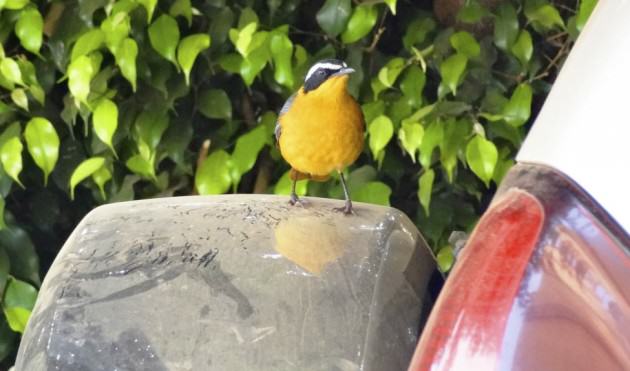


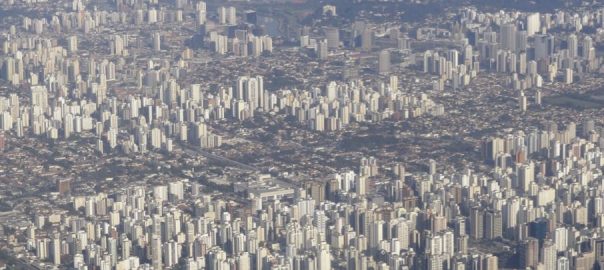
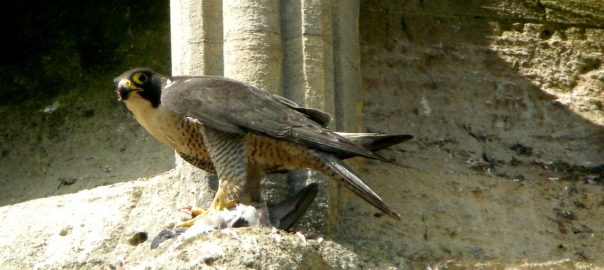
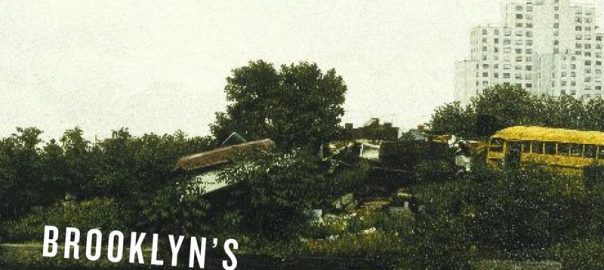
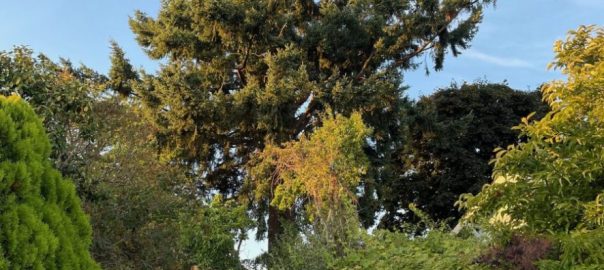
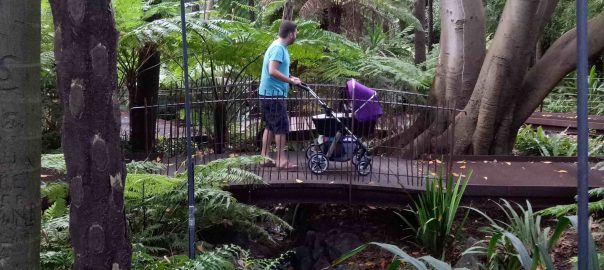
Leave a Reply